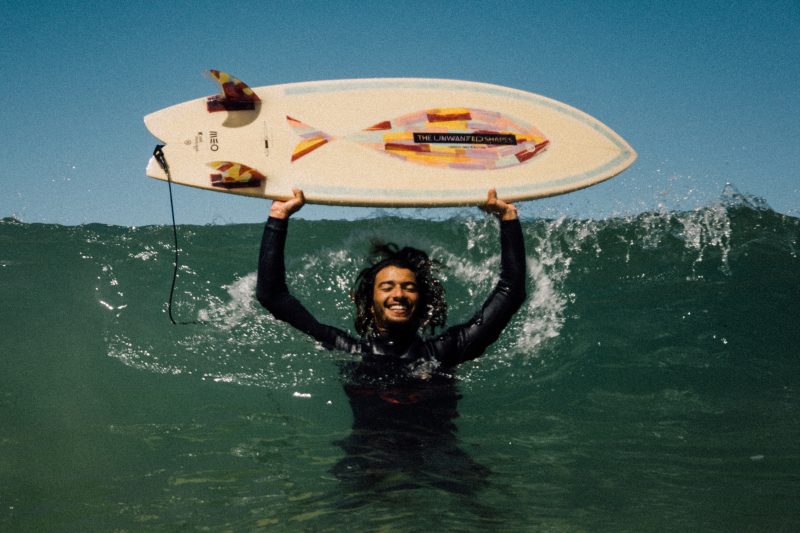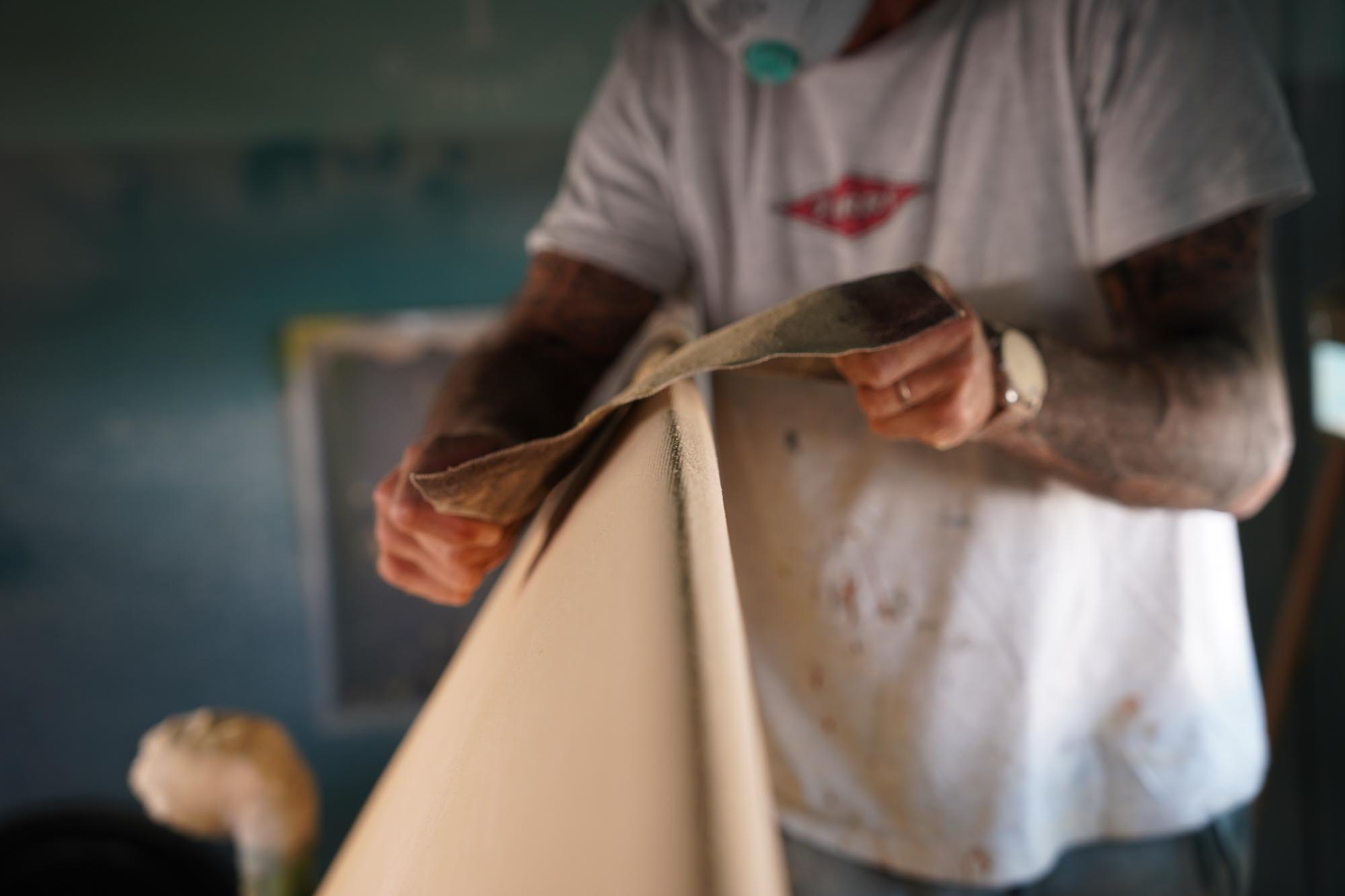
The Future of Surfboard Blanks: Polyola™ Recycling PU Foam
The Polyola™ recycled PU formula: 2/3 recycled material, high performance, and sustainability for modern surfboard blanks.
view story

8 NGOs for Ocean Protection every Surfer needs to know
Check out the following list to discover NGOs for Ocean Protection
view story

How to Shape your own Surfboard – Surfboard Shaping Tutorial Part 1
Discover the basics of surfboard shaping in Part 1 of our DIY guide. Get started with tools, materials, and tips for crafting your first board!
view story

How to Shape your own Surfboard – The Surfboard Glassing process Part 3
Learn the surfboard glassing process in Part 3 of our DIY guide. Gain the knowledge to apply fiberglass & resin for a durable, high-performance board.
view story

The Surfer-Environmental Paradox: Balancing Passion and Responsibility
Dive into the Surfer Environmental Paradox: discover how surfers can balance their passion for waves with sustainable practices and responsibility.
view story

Impact Series x Miguel Blanco Part One
Miguel Blanco's "Eco Foam" episode highlights his journey using eco-friendly surfboards like the Polyola Blank, promoting sustainability in surfing.














